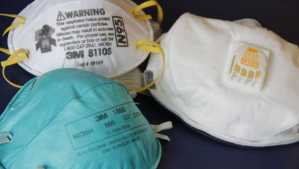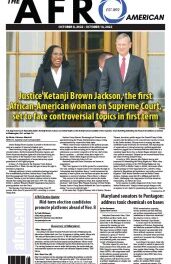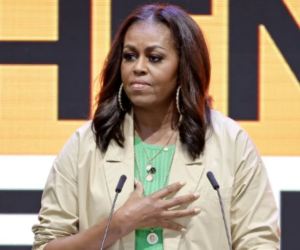By Nicole D. Batey,
Special to the AFRO
As COVID cases are surging, the demand for facial coverings that provide better protection with facial coverings are also on the rise. The Black community needs to remain especially vigilant in helping to stop the spread of COVID, as we have been disproportionately affected by this pandemic. The Center for Disease Control (CDC) states “a respirator has better filtration, and if worn properly the whole time it is in use, can provide a higher level of protection than a cloth or procedural mask.”
Ask a number of people wearing facial protection, if they have an N95 respirator, they will assume so and tell you yes. However, upon further inspection they realize that it’s really a KN95 respirator, followed usually by the question, “What’s the difference?”
The difference is that one of the two can impact your risk of exposure to COVID, especially the Omicron variant.
Both respirators or masks, as they are commonly called, are designed for a snug fit. However, the N95, when properly worn, forms a seal around the nose and mouth to achieve a much closer fit. It is secured by two straps that tie around the head of the individual, instead of using ear loops. Therefore, the respirator is less likely to slip or move out of place. The KN95 does use ear loops to secure the respirator, which can be more of a challenge to keep in place, depending on the size of your ears or face.
“The National Institute for Occupational Safe and Health (NIOSH) doesn’t allow ear loops for a reason, because you want a snug, tight fit around the contours of your face, especially when you’re dealing with risky situations,” Roger Huitt, mask expert and CEO of Merilogy, a California-based facility that has been producing N95 respirators since 2020, said.
Both respirators filter the air and particles, including the virus that causes COVID-19. However, tests by NIOSH on the N95 average between 98% and 99% filtration. N95s are also approved by NIOSH. The KN95 tests more sporadically, their highest effective filtration rate being between 95% and 97% filtration and are not approved by NIOSH.
Kimberly Batey, a clinical technician for Johns Hopkins Hospital in Baltimore City, wears only NIOSH approved N95 respirators provided by the hospital in an effort to avoid purchasing any counterfeit or deficient respirators.
The U.S. Government doesn’t regulate KN95 respirators, due to the fact that 70% of KN95s do not meet its filtration standards. This is especially important regarding protection against the highly contagious Omicron variant.
While there are strict U.S. regulations regarding the N95 respirators, there are none regarding the KN95. A number of KN95s adhere to international standards and standards approved by China. The CDC has stated that “about 60% of KN95 respirators NIOSH evaluated during the COVID-19 pandemic in 2020 and 2021 did not meet the requirements that they intended to meet.” They also note that these types of respirators are often designed without a quality requirement.
This allows for more fraudulent KN95s to be produced and sold to consumers here in the U.S. Anyone can stamp a KN95 title on their package, because currently there are no regulatory agencies in the U.S. to prevent that. “It’s kind of like the wild, wild, west when it comes to the KN95s,” Huitt said. “It’s a real challenge to educate consumers about this, especially since the CDC has recently created a policy to make more N95s available to the public.”
Alison Penny, a recovering long-hauler from COVID, received KN95 respirators from the National Lung Association, as well as purchased some from a third-party seller on Amazon.com. “At first glance, I didn’t think there was much of a difference between the two orders but, now I see that there are differences in the quality and how they were made,” Penny said. “Also, the filter appears to be thicker in the ones from the National Lung Association and have a snugglier fit.”
Diane Hocker, director of community & public relations for the AFRO, said, “I don’t think the ones I have from Amazon are fake. I’ve had these for awhile before they really hit the market. Each one is individually wrapped. It definitely fits securely and is well-filtered. I namely use my KN95 when I’m in the airport or visiting someone in the hospital. I feel like I have more protection with them than a regular face mask.”
As the Omicron variant continues to spread and new COVID cases are on the rise in some states, It’s important for us to continue to wear our masks or respirators properly when in public settings or social gatherings. “The best way we can win this fight against COVID is to stop transmissions. I think wearing an N95 respirator, in addition to getting vaccinated or boosted, is the best option,” Huitt said.
Help us Continue to tell OUR Story and join the AFRO family as a member – subscribers are now members! Join here!
The post N95 vs KN95 Respirators: Which mask is a better protection from COVID? appeared first on AFRO American Newspapers .











